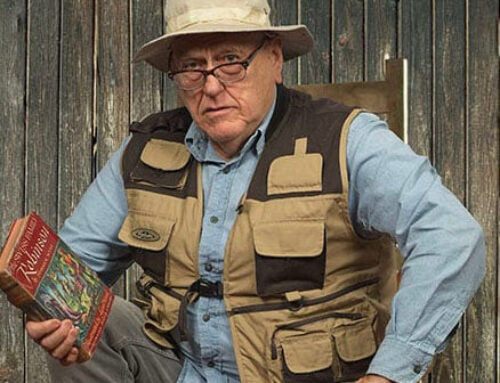About 25 percent of the city’s population belongs to Centennial Rec Center
Published in the July 8-21, 2015 issue of Morgan Hill Life
By Staff Report

Photos by Marty Cheek
Above left and right: Water enthusiasts enjoy Morgan Hill’s popular Aquatics Center.
The Morgan Hill City Council will present a proclamation declaring July as Parks and Recreation Month during its July 15 meeting.
“It’s really just a way to celebrate the great impact that our parks and recreation have on lives as individuals as well as families,” said Nick Calubaquib, recreation manager with the city. “The facilities provide opportunities for people to maintain healthy lifestyles by having a place like the Centennial Recreation Center and the Aquatics Center to work out at. July is really just a time for us to celebrate the impact of parks and recreation on the quality of life in our community and the impact it has on everyone from age zero to our seniors.”
About 15,000 people are members of the CRC, with 20 percent of these living outside Morgan Hill such as Gilroy and South San Jose, he said. A little more than 25 percent of the city’s population have memberships with the CRC.
Summer time is the busiest time for parks and recreation programs, Calubaquib said. The Aquatics Center is running full speed right now where users number 500 to 1,500 people per day, including people who come from as far away as Salinas and Monterey. All of the city’s summer camps are up and running, and the swimming lesson program is busy in the morning and afternoon.
One of the reasons Morgan Hill enjoys a bustling parks and recreation activity is because of the leadership shown years ago to build the various facilities and keeping the cost recovery and the community access high, Calubaquib said.
“Compared to many other communities, Morgan Hill is very rich and lucky in terms of what we have for recreation,” he said. “So many other communities don’t have places for young people and adults to go out and get active and recreate. And if they do, often the facilities are aging and haven’t been as well maintained as the ones we have here.”





